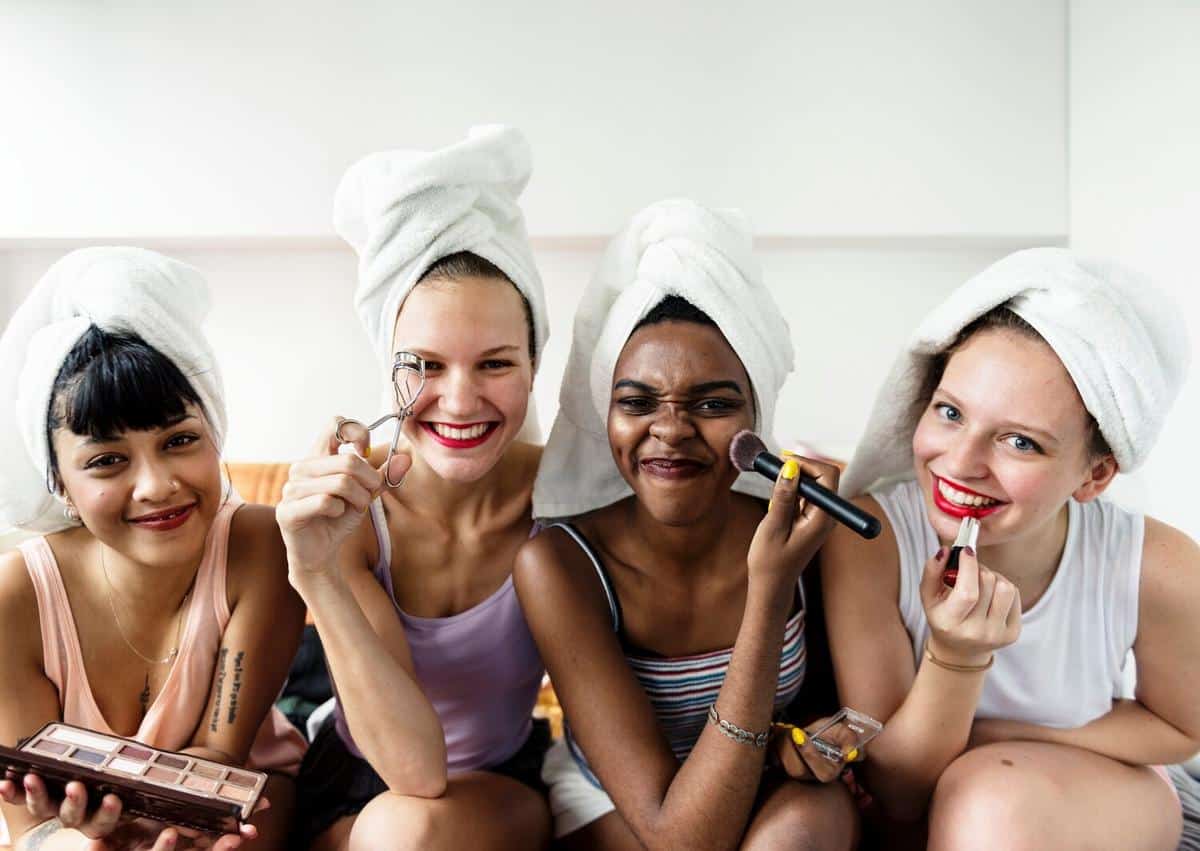
How Brands are Embracing Inclusivity in Product Development
The beauty industry is undergoing a transformation, as brands increasingly prioritize inclusivity in their product development processes. This shift not only reflects societal changes but also meets the growing demand for products that cater to a diverse range of consumers.
The concept of inclusivity in beauty is more than just a trend; it’s a necessary evolution that reflects our diverse world. Brands are now focusing on creating products that accommodate a wide array of skin tones, hair types, and personal care needs, ensuring everyone feels represented and valued.
Why Inclusivity Matters
Inclusivity in beauty isn’t just about expanding shade ranges or product lines. It’s about fostering a sense of belonging and respect for all individuals. According to a report by McKinsey & Company, inclusivity can significantly impact a brand’s bottom line, as 40% of consumers are more likely to trust and purchase from brands that demonstrate diversity in advertising and product offerings.
Expert Insights
In an interview with Allure, beauty expert and consultant Dr. Michelle Lee emphasized, “Inclusivity in product development is crucial, as it not only meets the needs of underserved consumers but also drives innovation and creativity within the industry.” Her perspective underscores the importance of this shift, encouraging brands to push boundaries and think beyond traditional beauty standards.
Statistics Supporting Inclusivity
Recent data highlights the importance of inclusivity in beauty. A study by Nielsen found that 67% of consumers consider diversity an important factor when making purchase decisions. This statistic shows a clear demand for brands to embrace inclusivity as a core component of their development strategy.
Real-Life Examples
Brands that have embraced inclusivity include those offering extensive foundation shade ranges, catering to various undertones and complexions. For instance, one renowned brand launched a foundation line comprising 50 shades, setting a new standard in the industry. Such efforts demonstrate a commitment to meeting the needs of all consumers, not just a select few.
Actionable Tips for Brands
- Conduct thorough market research to understand the diverse needs of your target audience.
- Collaborate with diverse teams to gain unique insights and perspectives.
- Engage with your community through social media and feedback mechanisms to continuously improve and adapt.
Common Questions About Inclusive Beauty
FAQs
What does inclusivity in beauty mean?
Inclusivity in beauty means creating products that cater to a diverse range of skin tones, hair types, and personal care needs, ensuring all consumers feel represented.
Why is inclusivity important in product development?
Inclusivity is important because it reflects societal diversity and meets the needs of a broader consumer base, which can enhance brand trust and loyalty.
How can brands start embracing inclusivity?
Brands can start by conducting market research, collaborating with diverse teams, and engaging with their audience to understand and meet diverse needs.
Conclusion
In conclusion, the push towards inclusivity in beauty product development is not just beneficial but essential. By embracing diversity, brands can not only meet the needs of their consumers but also stand out in a competitive market. As the industry continues to evolve, inclusivity will remain a key driver for innovation and success. For more insights on inclusive beauty, check out our other articles in this series.

